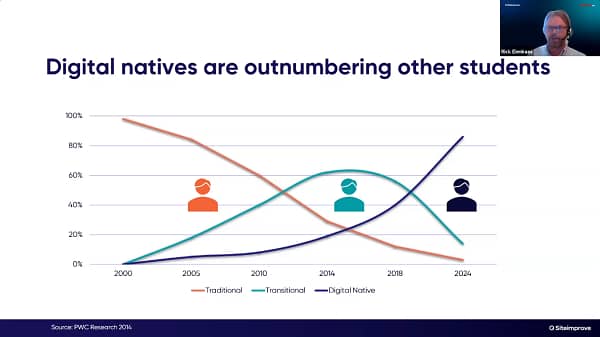The precarious Covid-19 hit the Indonesian islands in mid-March 2020 and has been creating havoc since then. The rampant pandemic brought social and economic consequences disturbing the entire economy. Out of the many policies implemented by the government such as PSBB or the country’s large-scale social restrictions, affected the socio-economic daily lifestyle of Indonesians in infinite ways. The fury of the virus hasn’t spared anyone and sadly, Indonesia is no exception.
In troublesome times like these, passing on vital information and keeping the commoner well-aware of the situation becomes imperative. When there is mayhem and uncertainty, the need for building social solidarity among people comes to the fore. That’s when social media comes into the picture. It is indeed a driving force behind the emergence of mass social solidarity.
This digital cohesion is created through various means on different social network sites (SNSs), including Instagram, Twitter, Facebook, LinkedIn, and YouTube. With the virus that is spreading at lightning speed, reliable information also needs to spread like wildfire. When masses have to be educated about the do’s and don’ts of staying vigilant, social media emerges as a clear winner that delivers every piece of information to your smartphone.
Digital cohesion
Netizens help educate and impart psychological support in reducing panic through experiences, statistics, photos, and current updates and live coverages conducted by journalists. As per a survey conducted by Universitas Airlangga, 67.5% of the Indonesians who took the survey confirmed that social media has helped them stay informed during the pandemic. Meanwhile, 34.5% said that news and information on social media helped influence their behavior regarding precautions or safety against the virus.
If we talk of Twitter, it has been instrumental in helping people find reliable information, connect with others and follow what’s happening in real-time. By adding a new tab in explore titled ‘Covid-19’, it has helped netizens find help instantly and post a medical or financial requirement. Health experts and doctors also are banking upon the power of Twitter to pass on verified information for the benefit of people. Global Twitter insights reveal that there was a 45% increase in the curated events page for Covid-19 and a 30% increase in direct messages with respect to the virus information.
Besides spreading awareness, it gives rise to volunteerism through donation drives, online concerts, and interactive activities conducted by social agents, celebrities, and influencers who have a mass appeal. These are impactful and solve existing problems by raising large sums of monetary support.
Indonesians have benefitted from medical and financial aid received through amplification on social media, making it a particular savior of uncertain times. A clear example of successful volunteerism would be the fundraising campaigns conducted by Kompas TV and Narasi TV, which have shown tangible evidence in alleviating and assisting covid relief.
As per research conducted by GoPay Digital Donation Outlook 2020, the acquisition of digital donations increased by 72% due to covid. It’s a win-win situation when the community comes together to help each other achieve the end goal and fight their common enemy together.
Spreading digital literacy
Digital solidarity in the Covid times has also led to the strengthening of digital literacy as people realized the tremendous power and significant benefits of social media. As per reports, the number of social media users in Indonesia increased by 10 million in 2020-21, amounting to 170 million users. Facebook has the highest user base, with 57.33% of people using the platform as of April 2021 compared to 49.73% of Facebook users in April 2020.
Penetration of social media in Indonesia has been experiencing an all-time high since the breakout of the pandemic. Many regional celebrities and pivotal figures of the globe have a social presence that navigates through various levels of society. Both government and non-government entities accurately use social media to address and respond to the existing economic impact. It is remarkable how a medium of shared awareness has successfully turned into a joint action of sorts. It will not be wrong to say that when the world stands divided by social distancing, it is social media that unites.

Httpool is an Aleph Holding company, representing leading digital media platforms across Europe and Asia. It supports their growth as well as drives business results for traditional and native advertisers across more than 30 markets.
















